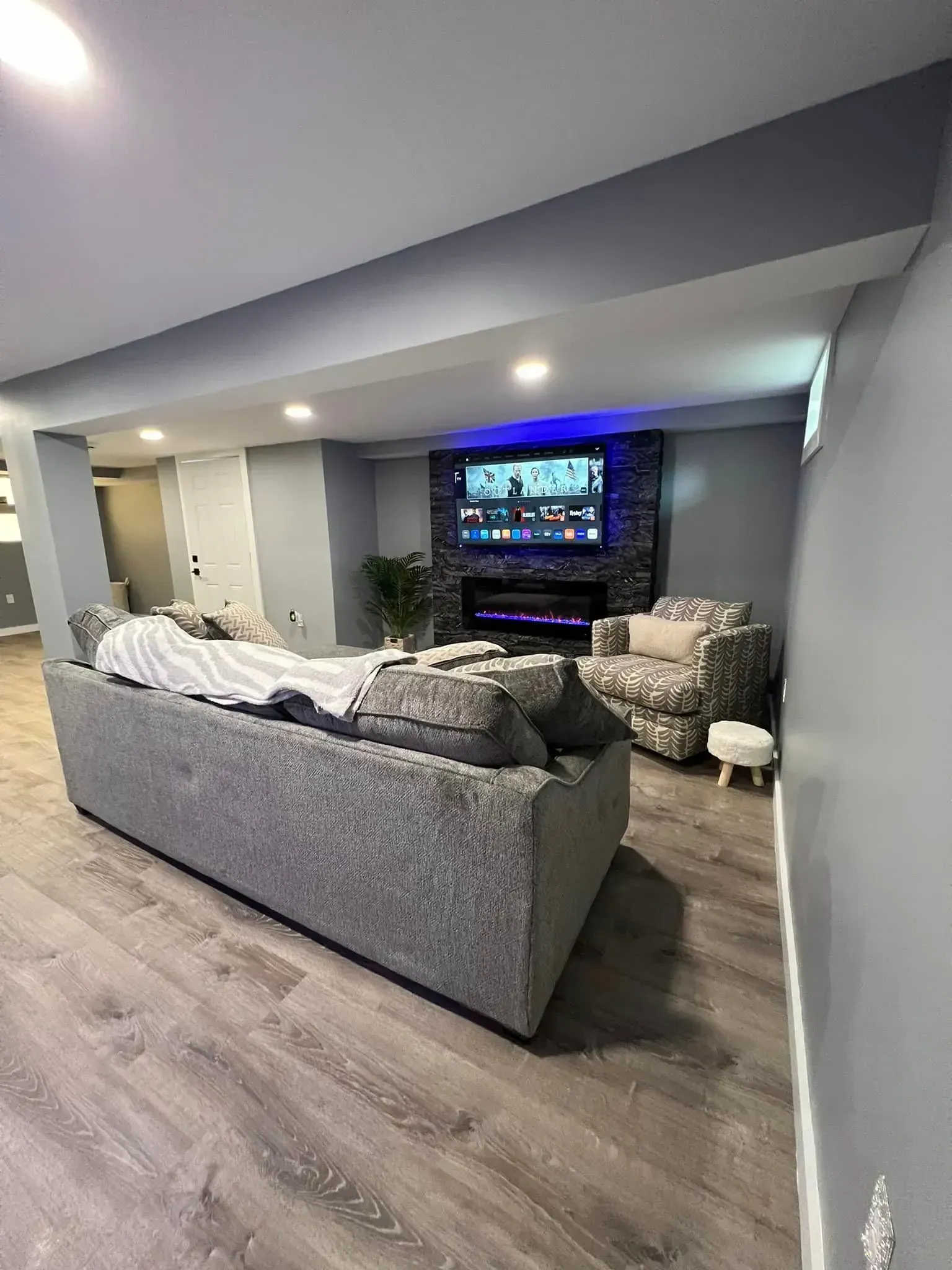5 Painting Techniques That Professionals Use For A Remarkable Finish
A fresh coat of paint can transform the look and feel of any space, but the real difference lies in how the paint is applied. Professional painters rely on specific techniques that ensure smooth coverage, clean lines, and long-lasting results. While choosing the right color is important, the method used during application has just as much impact on the final outcome.
From preparing the surface to applying multiple coats, every step matters in achieving a flawless appearance. By learning about the techniques that experts follow, homeowners gain insight into what creates that professional finish that truly elevates the overall look of their walls.
1. Surface Preparation for Lasting Results
Professionals never skip preparation because it sets the stage for the paint to adhere properly. Surfaces are cleaned, repaired, and sanded to remove dirt, cracks, or old flaking paint. Primer is often applied to create a smooth base and improve color adhesion. This process prevents peeling and ensures the final finish looks polished. Without proper preparation, even high-quality paint will not achieve the expected result.
2. Cutting-In for Sharp Edges
To achieve clean and straight edges, professionals use a technique called cutting-in. This method involves carefully painting along the edges of ceilings, trim, or corners with a brush before using a roller for the larger areas. Cutting-in requires a steady hand and patience, but it creates crisp borders that elevate the look of a room. This extra effort is what makes professional painting stand out from a rushed DIY job.
3. Back-Rolling for Even Coverage
Back-rolling is a technique where painters use a roller immediately after brushing or spraying paint on a wall. The roller spreads the paint evenly and blends the finish so there are no streaks or uneven patches. This technique works especially well on textured surfaces like drywall or stucco. By spreading the paint uniformly, back-rolling enhances coverage and improves the overall appearance of the surface.
4. Layering Thin Coats Instead of One Heavy Coat
Rather than applying one thick layer of paint, professionals always apply multiple thin coats. This method reduces drips, improves drying time, and creates a more even color tone. Each layer builds upon the previous one, giving the surface a strong, durable finish that lasts longer. Rushing with heavy coats often leads to uneven drying and imperfections, while thin layers ensure smoothness and depth of color.
5. Using the Right Tools for Each Surface
Painters select brushes, rollers, or sprayers based on the type of surface and finish required. A wide roller covers large walls quickly, while angled brushes help with precision in tight spots. High-quality tools hold paint better and apply it more smoothly, which reduces streaks and brush marks. Choosing the right tool for the job is just as important as the technique itself.
Conclusion
Achieving a remarkable paint finish requires skill, patience, and the right techniques, which is why homeowners trust experts to handle such detailed work.
For
professional painting services that deliver flawless results, Gerrish Remodeling & Design
in Saco, Maine offers the experience and care needed to make every wall look stunning and long-lasting.



